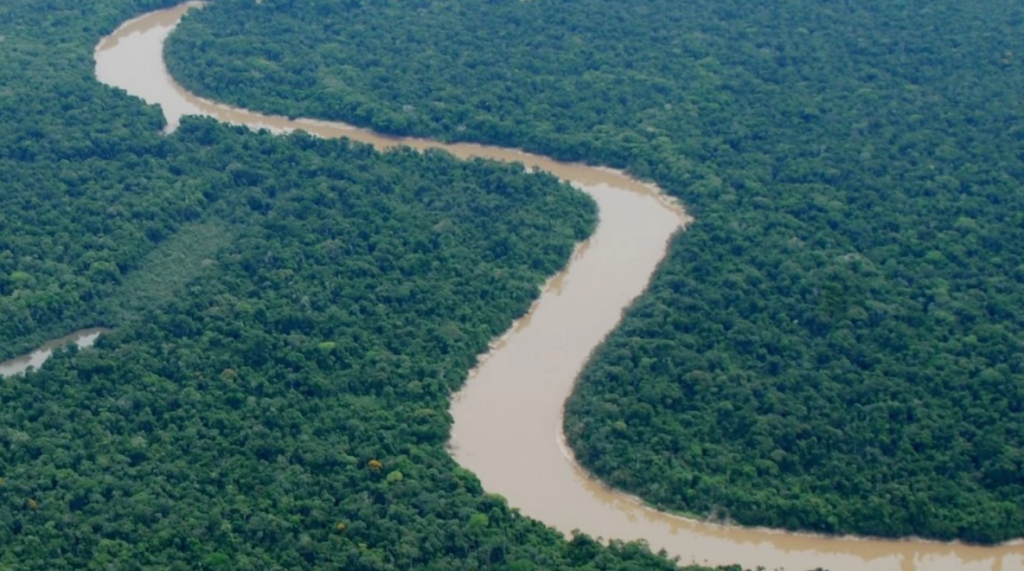
While the United States may be weakening protections for wilderness, the creation of Yaguas National Park protects millions of acres from development and deforestation.
The remote rain forests in Peru’s northeast corner are vast — so vast that the clouds that form above them can influence rainfall in the western United States. The region contains species, especially unusual fish, that are unlike any found elsewhere on Earth. Scientists studying the area’s fauna and flora may gain insights into evolutionary processes and into the ecological health and geological history of the Amazon.
Now the area has become home to one of the Western Hemisphere’s newest national parks. Yaguas National Park will protect millions of acres of roadless wilderness — and the indigenous people who rely on it — from development and deforestation.
“This is a place where the forest stretches to the horizon,” said Corine Vriesendorp, a conservation ecologist at The Field Museum in Chicago, one of many organizations that worked to win the national park designation, Peru’s highest level of protection. “This is one of the last great intact forests on the globe.”
The designation stands in contrast to moves in the United States that may weaken protections for wilderness. President Trump has made a priority of scaling back national monuments like Bears Ears in Utah, and many advisers to the National Park System recently quit, citing concerns about the administration’s commitment to environmental protections.
LINK (via: New York Times)





